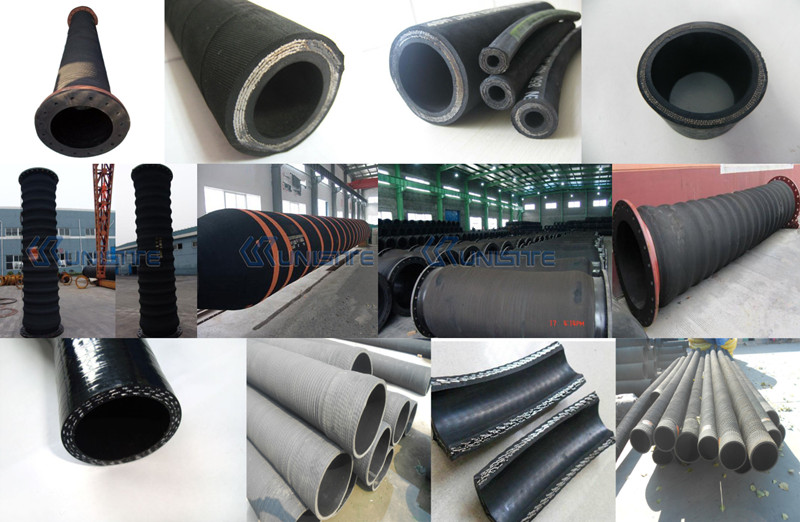In 2017, the commercial vehicle industry broke out with unprecedented growth and its internal combustion engine output exceeded 80 million units. Since 2008, China has become the world's largest producer and consumer of internal combustion engines for eight consecutive years. The achievement of gratifying results has made the industry aware of the quality issue. A series of reliability problems, such as the lack of key technologies for energy-saving commonality of internal combustion engine products and weak basic components, have become a major constraint to the healthy development of the internal combustion engine industry in China. China’s speed is gradually shifting towards the direction of China’s quality. Users’ purchases of goods are also moving closer to the idea of ​​“higher quality and cheaper prices†from the viewpoint of “good quality and low priceâ€. A quality revolution in China's manufacturing industry has already come. On April 21, 2018, the 7th International Symposium on Reliability Technology for Internal Combustion Engines sponsored by Weichai Power was successfully held in Beijing. The purpose of the conference was to strengthen and promote the innovation and practice of production, education and research. Since 2012, the conference has been constantly guiding the development of the industry, and its influence has also been increasing year by year, attracting the participation of well-known scientific research institutions, universities and enterprises at home and abroad. S6 product quality issues ahead of schedule Reliability is an eternal topic in the development of internal combustion engines, and it is also a common topic of each seminar. However, in different stages of development, the quality of the internal combustion engine is not always the same. With China’s increasing emphasis on environmental issues and the acceleration of the road to emissions escalation, it is true that the country’s six countries will come. Compared with State V, China Six has paid more attention to the application of post-processing systems, and its relative quality issues have also been put on the agenda. Professor Huang Yongrong from the Massachusetts Institute of Technology and Professor Shen Meiqing from Tianjin University made a very forward-looking report on the reliability of the post-processing system, which laid a solid theoretical foundation for the future improvement of the quality of the Sixth National Product. Accelerating the upgrade of emission regulations will effectively force the technology upgrade of the internal combustion engine industry and accelerate the upgrade. Weichai is the strong supporter of the upgrading of emission regulations. In the two sessions that were just concluded, Tan Xuguang, deputy to the National People's Congress and chairman of Weichai Holding Group Co., Ltd., submitted to the General Assembly a proposal to "accelerate the implementation of the Sixth National Standard for Road Countries." Not only that, Weichai is also a practitioner of emission upgrades. According to the director of the State Key Laboratory of Reliability of Internal Combustion Engines and Vice President of Weichai Power Co., Ltd., Weichai has been making research and storage of technologies and products related to Euro VI engines since 2012. The WP13\WP12\WP10H\WP9H\WP7 five engines The company has achieved Euro 6C certification. The first company in China that has passed the Euro 6C emission certification marks that Weichai has fully mastered the core technology of the Euro VI engine R&D. It not only achieved the autonomy and industrialization of the core control strategy, but also broke the monopoly of foreign companies' long-term control strategies. Compared with Euro V, there is a qualitative leap in engine power economy and emissions, which is 80% lower than Euro V emissions, and fuel consumption is (3-5)% competitive advantage over competitors. On March 28, 2018, Weichai Europe 6 Powertrain was put into Hong Kong to realize the parallel running of China's power and the world's cutting-edge technologies. This accelerated the pace of Weichai building high-end customized products for overseas markets, and it is even more coming soon. The country's six emissions have laid a good market foundation. Weichai: Industry Leader in Product Reliability At the meeting, Li Shusheng, vice chairman and secretary-general of the China Combustion Engine Institute, said: “Although there is still a gap between China's internal combustion engine industry and international standards, at present, China has made many efforts in the reliability research of internal combustion engines. Companies have been exploring for many years in reliability technology applications and are the best practitioners of reliability of internal combustion engines." Weichai has positioned its product differentiation advantages in terms of high reliability. At present, the B10 lifespan of heavy-duty diesel engines for pick-up trucks has surpassed that of Europe and the United States, reaching a maximum of 1.8 million kilometers; the oil change period has reached 120,000 kilometers. In addition, Weichai also creatively developed a powertrain configuration technology for heavy-duty commercial vehicles with “large-displacement engine + multi-gear transmission + single-stage speed ratio drive axleâ€, which subverted the traditional understanding of small-capacity engines to save energy. It overcomes the technical difficulties of mutual restraint between dynamics and economy, and achieves synchronous improvement of power and economy. At the meeting, Wang Haidong, deputy director of the Quality Management Department of the State Market Supervision Administration, stated that quality management includes quality management throughout the entire process, quality management throughout the industry chain, and quality management throughout the life cycle. In the past, the quality management of traditional enterprises only focused on companies. The manufacturing process itself, but now with the increasingly specialized division of labor, the higher requirements for quality management. Weichai, as a leader in the industry, has made many explorations and innovations in quality management. Its innovative results have won not only awards in the industry, but also an excellent reputation for markets at home and abroad. In addition to its commitment to its own development, Weichai, as an industry leader, has held seven industry conferences and conferences in succession to actively promote the advancement of reliability technology for internal combustion engines in China, which is also a manifestation of social responsibility. Relying on the State Key Laboratory of Reliability of Internal Combustion Engines and the Reliability of International Engine Innovation International Alliance, we believe that the International Symposium on Reliability Technology of Internal Combustion Engines will bring more cutting-edge scientific theoretical foundations to the industry and lead China's internal combustion engine reliability technology to the international advanced level. A big stride forward.
Rubber Hose, steel wire braided hose. Hose within the layer, a layer of steel wire braided layer and outer glue layer. Suitable for conveying fluid, such as alcohol, fuel oil, lubricating oil, emulsion, etc..Compared to the civilian hose, industrial work environment more complex, more bad, equipment requirements for conveying pipe are more demanding, so industrial hose from design, material selection to production, transportation and eventually storage have strict norms and standards.
The size of the industrial hose can be more widely, the pressure temperature range is wide, and the chemical resistance is higher.
Photo of our Rubber Hose:
Application
Dock material conveying rubber hose
Applications of industrial hose covers various industrial manufacturing and circulating field. It is widely used in petroleum, chemical industry, ship, dock, a tanker, agriculture, food, beverage, pharmaceutical and other industries, and hot and cold water, steam, ventilation, cooling, fire protection, hydraulic, medium such as air, water, fog, mud, sand, iron tablets, etc..
Technology
Industrial hose with woven fabric
An industrial grade rubber hose, whether medium is water, gas, oil, chemicals, or any other, usually with an inner adhesive, an outer rubber, and an intermediate layer. The middle layer is usually woven in the majority, the strengthening of the role of hose strength.
In addition, there are common inside and outside the glue between the steel wire, the application of vacuum.
There are conductive wire, applicable to the production of a spark of the operating environment, such as fuel, etc..
Classification
In order to adapt to the physical and chemical conditions of the industry, the general industrial hose in the inner and outer colloid chemical raw materials and processes have a very strict implementation of the standard. In accordance with the conditions of classification, common:
Water hose. For irrigation, gardening, construction, fire protection, equipment and tank cleaning, agricultural fertilizer, faeces, industrial sewage drainage. In the plastic material with EPDM, PVC in the majority.
Hot water and steam hose. Used for cooling water, cold and hot water and food processing, especially for hot water and saturated steam of dairy products. In the majority of EPDM materials.
Beverage and food hose. Used for non fat, such as milk, carbonic acid, orange juice, beer, animal and vegetable oils, drinking water, etc.. In the majority of NR or synthetic rubber materials. Usually need to have food grade FDA, DVGWA grade, KTW or CE and other standard qualification certification.
Air hose. For compressor, pneumatic device, mining, construction, etc.. Inside the plastic material with PVC, NBR compound, PU, SBR are in the majority. Usually requires strict application of pressure.
Welding hose. For welding, cutting etc.. In the majority of NBR or synthetic rubber material, outside the gel is usually the color of red, blue, yellow and so on to show the special gas.
Ventilation hose.
For the heat, dust, smoke, chemical gases etc.. Thermoplastic materials, PVC in the majority. Usually the tube has a retractable design.
Material suction hose. For gas, mist and powder, granules, fibers, gravel, cement, chemical fertilizer, coal dust, sand flow, mixed clay, gypsum, etc. containing solid particles of liquid transportation. Inside the plastic material with NBR, NR, SBR, PU are the majority. Usually the adhesive wear resistance is higher.
Oil hose. For fuel, diesel oil, kerosene, oil, etc.. Inside the plastic material with PVC, NBR compound, SBR are in the majority. Usually between inside and outside the plastic conductive wire, to prevent the mars.
Chemical hose. Used in acid, chemical solution, etc.. In the majority of EPDM materials. Usually such a need for custom materials and design.
Rubber Hose Flexible Rubber Hose,Hydraulic Rubber Hose,Rubber Air Hose,Water Rubber Hose Unisite Group Ltd. , https://www.shipsparts.nl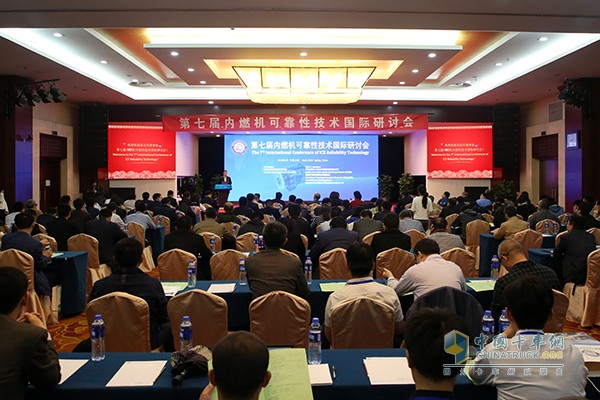 The Seventh Symposium on Reliability of Internal Combustion Engines Held in Beijing
The Seventh Symposium on Reliability of Internal Combustion Engines Held in Beijing  Director of State Key Laboratory of Reliability of Internal Combustion Engines, Vice President of Weichai Power Co., Ltd.
Director of State Key Laboratory of Reliability of Internal Combustion Engines, Vice President of Weichai Power Co., Ltd. 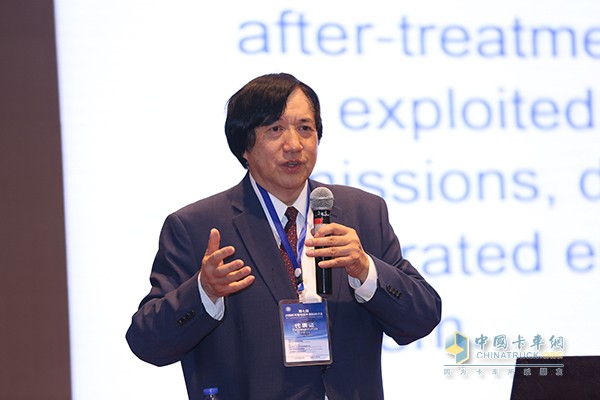 Professor Huang Yongrong of MIT
Professor Huang Yongrong of MIT 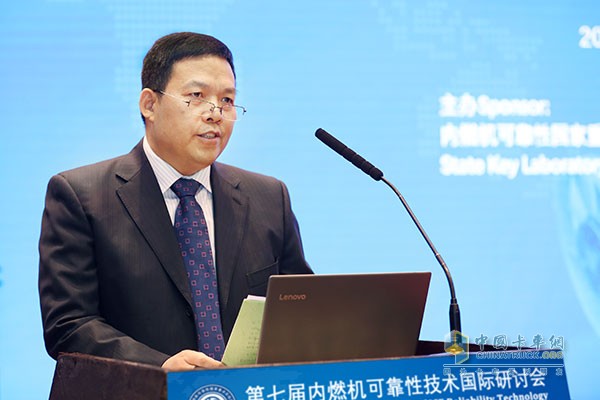 Vice Chairman and Secretary-General of China Internal Combustion Engine Institute Li Shusheng
Vice Chairman and Secretary-General of China Internal Combustion Engine Institute Li Shusheng 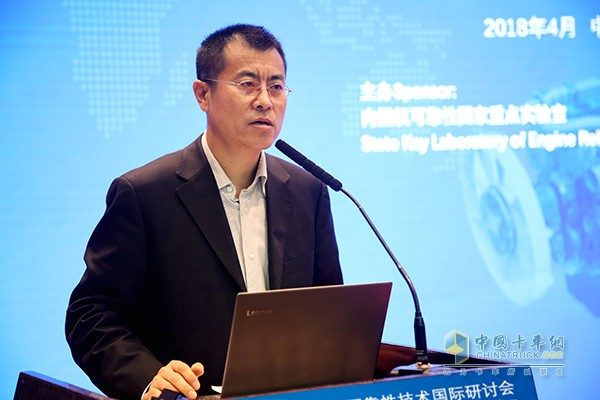 Wang Haidong, Deputy Director, Quality Management Department, State Market Supervision Administration
Wang Haidong, Deputy Director, Quality Management Department, State Market Supervision Administration 